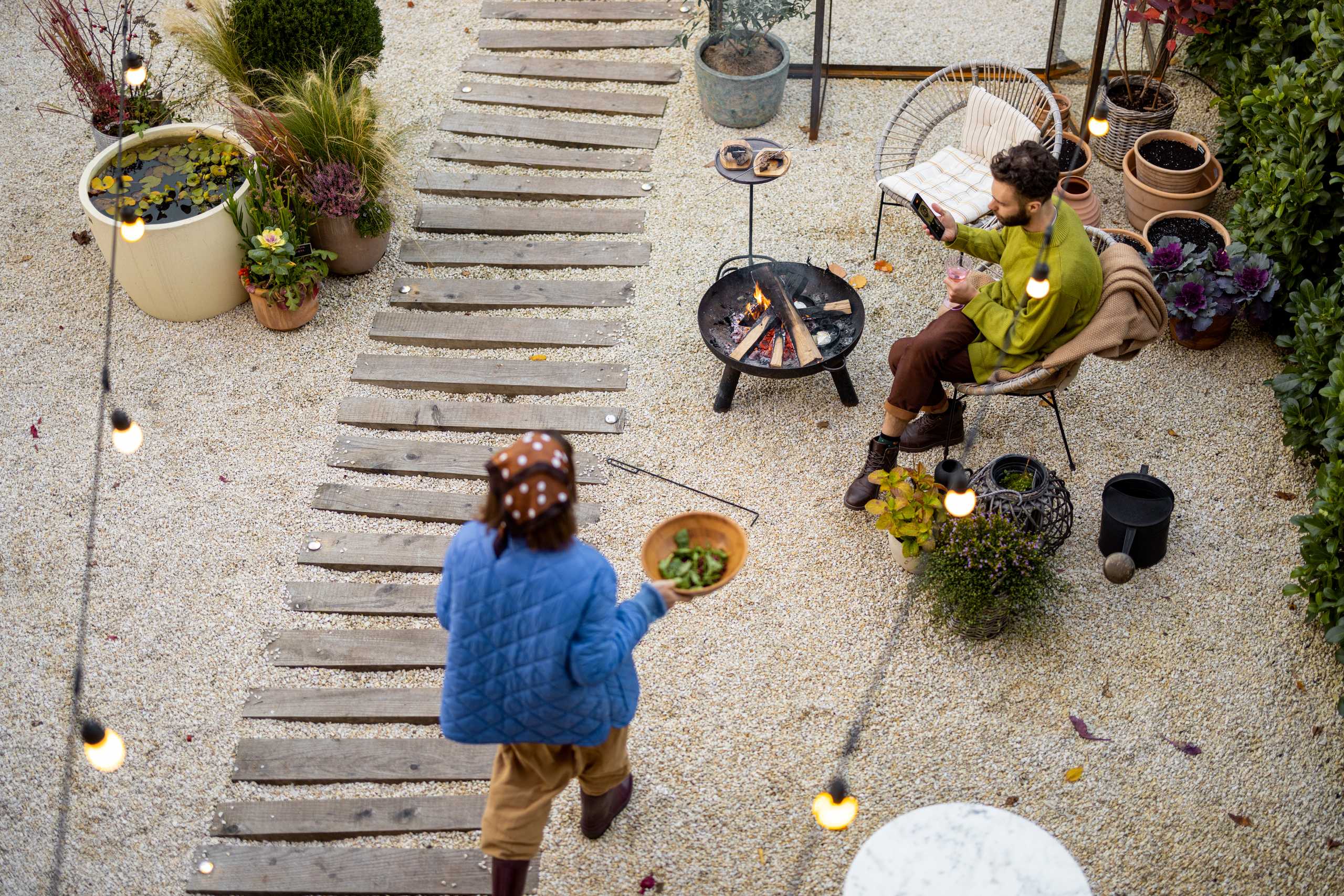Address
304 North Cardinal St.
Dorchester Center, MA 02124
Work Hours
Monday to Friday: 7AM - 7PM
Weekend: 10AM - 5PM

Modern landscape design is no longer just about aesthetics — it’s about purpose. Every garden, park, or urban green space reflects a dialogue between artistic vision and ecological responsibility. At LandVista Course, we emphasize that true creativity is inseparable from respect for the environment.
Designers today must ask: How does this space support wildlife? How does it manage water and soil health? How can beauty coexist with sustainability? The fusion of art and ecology is the answer.
A thriving landscape is a living ecosystem. Thoughtful design ensures that each plant, stone, and pathway contributes to the overall vitality of the environment.
By considering these ecological principles, a garden becomes more than a visual statement — it becomes a functional, thriving habitat.
Constraint often sparks innovation. When working within ecological limits, designers discover unique solutions that blend creativity with environmental care.
Consider:
These choices allow designers to express their vision without compromising the health of the land.
Ecological design begins with careful observation. A successful designer studies:
Research ensures that creative ideas are grounded in reality, making the final design both beautiful and resilient.
In cities, landscapes face unique challenges: limited space, pollution, and human activity. Yet, these areas offer enormous opportunities to blend art and ecology:
Urban ecology demands inventive approaches that still prioritize visual harmony.
The next generation of landscape designers must carry both artistic skill and ecological awareness. By understanding the environment deeply, students can craft landscapes that are enduring, meaningful, and regenerative.
At LandVista Course, we cultivate this mindset, teaching students not just how to design, but how to think like nature. Every project is a chance to explore the delicate dance between creativity and responsibility.
Art and ecology are not opposing forces — they are partners. When designers embrace this union, landscapes become more than decorative spaces; they become living, breathing environments that sustain life while inspiring the soul.
LandVista students leave with the knowledge to create designs that honor the Earth and captivate the imagination, proving that beauty and sustainability can flourish together.